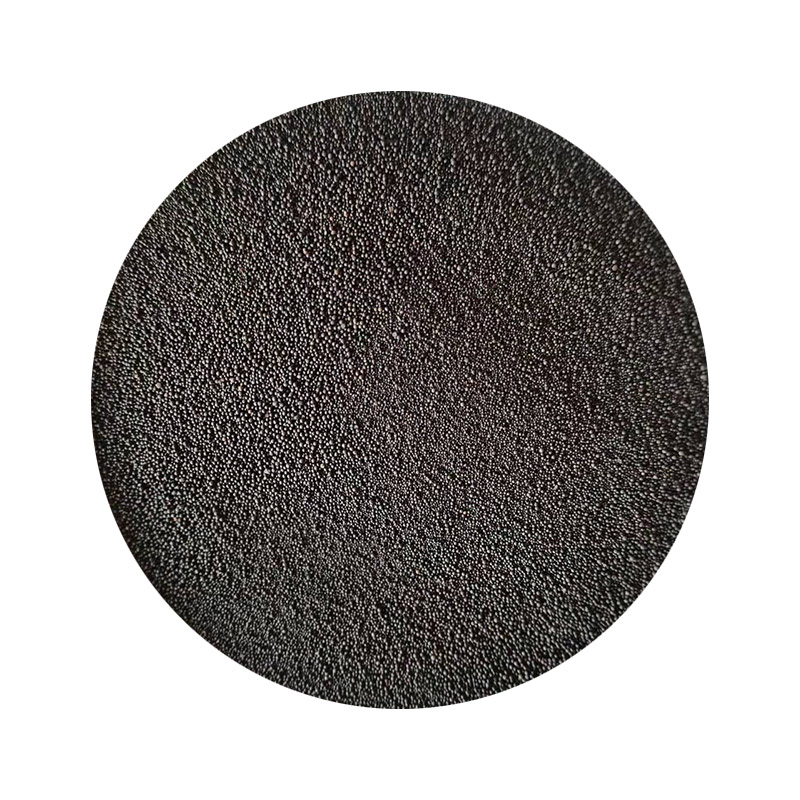The Art of Sanding in 3D Printing Perfecting Your Prints
3D printing has revolutionized the way we create and manufacture objects, allowing for incredible design freedom and rapid prototyping. However, one of the challenges that artists, engineers, and hobbyists often face is achieving a smooth and polished finish on their printed models. While 3D printing can produce intricate and complex designs, the surface texture of the finished product often requires additional work. This is where the art of sanding comes into play.
Sanding is a critical post-processing step that enhances the aesthetic and functional qualities of 3D prints. It involves removing imperfections, layer lines, and support marks that can detract from the visual appeal of a model. Different techniques and types of sanding tools can be employed depending on the material used for printing and the level of finish desired. Whether you are working with PLA, ABS, PETG, or resin, understanding the appropriate sanding method is essential to achieving optimal results.
The Art of Sanding in 3D Printing Perfecting Your Prints
When sanding, it is advisable to use a sanding block or a piece of foam to ensure even pressure is applied to the surface. Manually sanding with fingers can produce uneven results, leading to an unprofessional finish. Additionally, it is often beneficial to sand in circular or back-and-forth motions, ensuring that all areas are addressed uniformly.
3d printing sanding

For those working with resin prints, sanding can be a bit different. Resin tends to be more brittle, and excessive pressure can cause cracking. Therefore, it is essential to be gentle and patient, focusing on one small area at a time. Wet sanding is also a popular method for resin. By using water, you can reduce dust and prevent clogging of the sandpaper. This technique results in a smoother finish and helps to minimize the risk of scratches.
Once the sanding process is complete, many enthusiasts choose to apply additional surface treatments to further enhance the print's appearance. Priming and painting are common practices that not only cover up any remaining imperfections but also allow for creative expression. A good primer can help highlight details and provide a smooth canvas for paint application. After painting, a clear coat can offer additional protection and provide a glossy finish.
Sanding can be a time-consuming task, but it is often necessary to achieve high-quality results in 3D printing. The effort invested in this process pays off, as a well-finished print not only looks better but may also perform better, especially in functional applications. For instance, smoother surfaces can improve the fit of interlocking parts and reduce friction in moving components.
In conclusion, sanding is an integral part of the 3D printing process that can make the difference between a mediocre and a stunning final product. By understanding the techniques and materials involved, enthusiasts can elevate their prints from simple creations to impressive works of art. Embracing the sanding process not only enhances the visual appeal but also showcases the precision and craftsmanship that 3D printing affords. So, the next time you complete a print, take the time to sand it properly—you’ll be amazed at the transformation!
Post time:נוב . 14, 2024 20:55
Next:προμηθευτές άμμου με επικάλυψη ρητίνης
